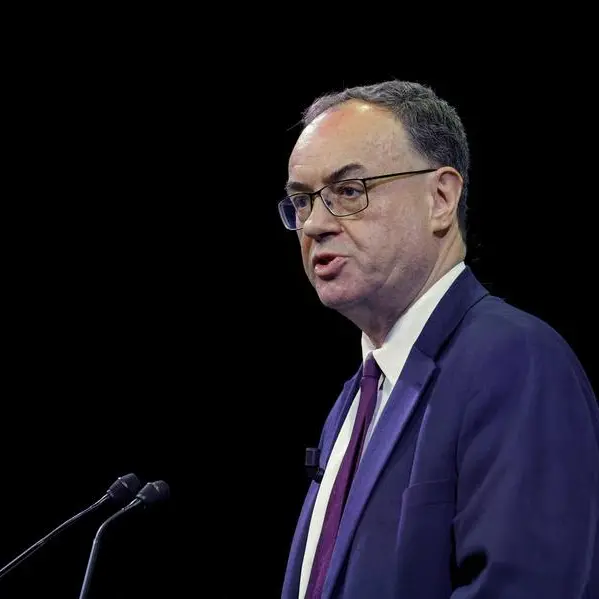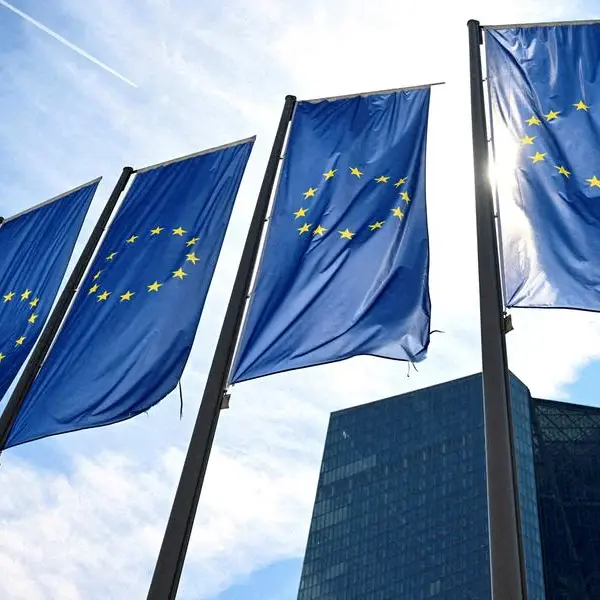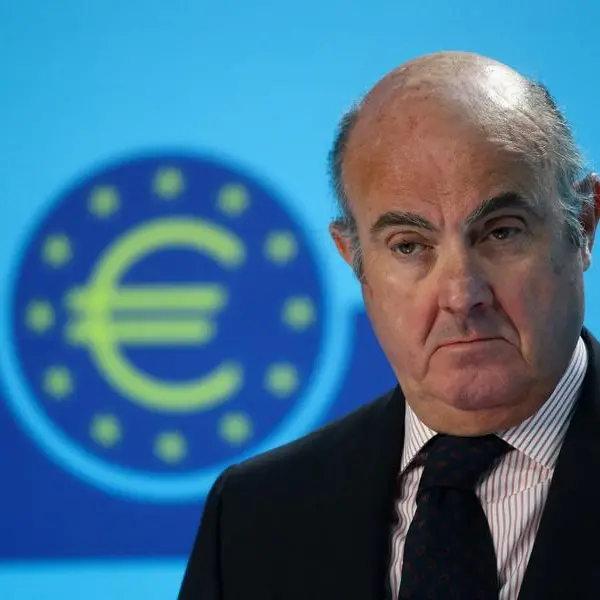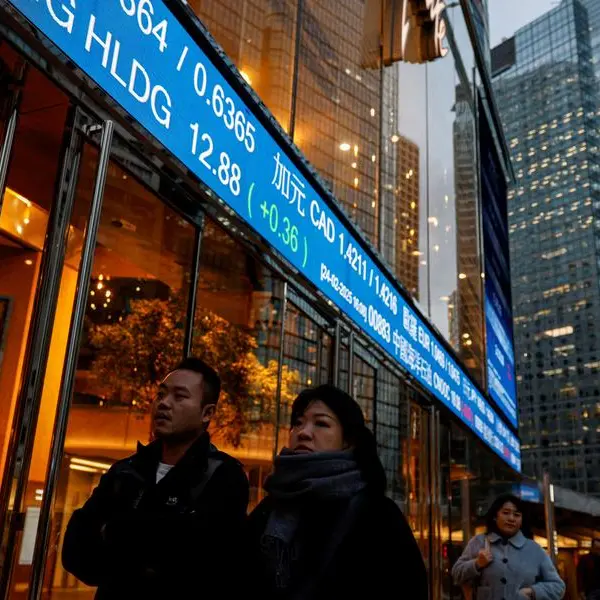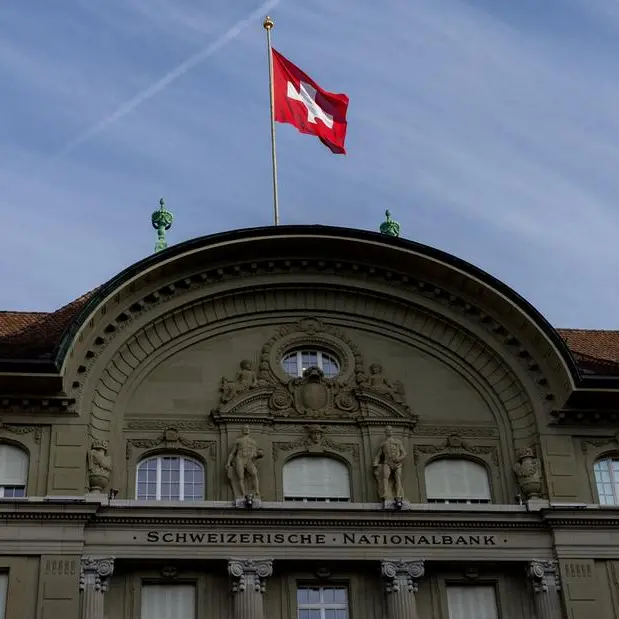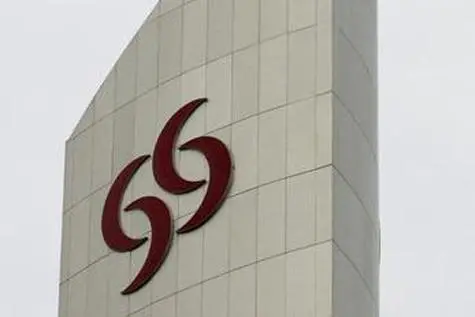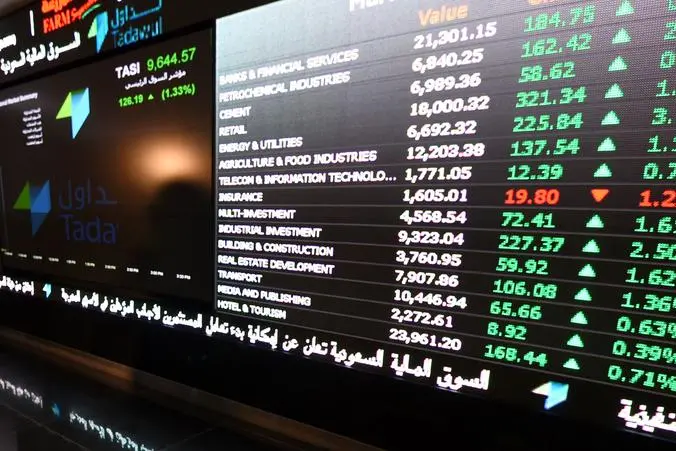PHOTO
The European Central Bank is increasingly confident that inflation is heading back to its 2% target and the case for easing borrowing costs from record highs is strengthening, the accounts of the bank's March 6-7 meeting showed on Thursday.
The ECB kept borrowing costs at record highs at the meeting but started to cautiously lay the groundwork to lower them in June, arguing that it had made good progress in bringing down inflation, even if risks from wage growth remained worrisome.
Policymakers concluded that price growth was easing as expected, wage pressures were moderating and companies were increasingly absorbing wage growth, easing pressures on consumer prices.
"Members expressed increased confidence that inflation was on track to decline sustainably to the 2% inflation target in a timely manner," the ECB said in the accounts of the meeting.
"While it was wise to await incoming data and evidence, the case for considering rate cuts was strengthening," the ECB said.
Policymakers concluded that little new information would be available by their April 11 meeting but there would be plenty of new data by June, a signal seen by investors as indicating that no change is coming next week but a rate cut in June is close to certain.
Data since the March meeting has shown a further drop in inflation and a moderation in wage demands while growth indicators are suggesting that a modest recovery may be on the way.
While policymakers are likely to firm up expectations for a June rate cut next week, especially since many of them have already backed such a move, they are unlikely to commit to any subsequent moves, even as markets price in 88 basis points of easing this year.
This is mostly because inflation could still surprise on the upside.
"A bumpy profile and a trough were expected after the summer, driven by base effects," the ECB said about inflation. "Questions remained about the sustainability of the disinflationary process, particularly in services and domestic inflation."
"It was important to be further along in the disinflation process and accumulate additional evidence."
Another uncertainty could be whether the U.S. Federal Reserve starts cutting rates this summer.
While the ECB could go it alone, policy divergence may weaken the euro and lead some investors to move portfolio investment across the Atlantic, weakening the impact of ECB cuts.
But the euro zone economy, now in its sixth straight quarter of quasi stagnation, is trailing most other economies and inflation is also clearly heading back to target, bolstering the case for lower rates.
(Reporting by Balazs Koranyi; Editing by Hugh Lawson)


